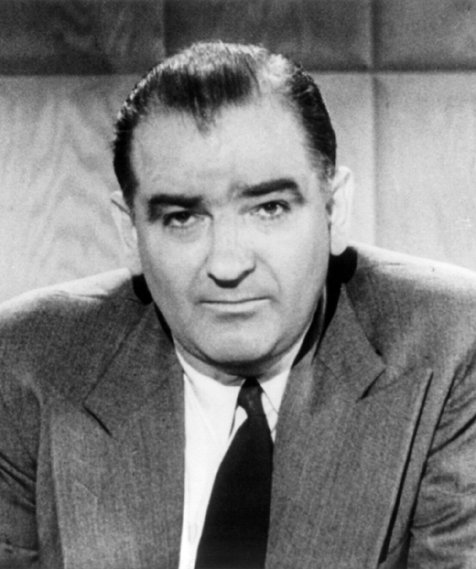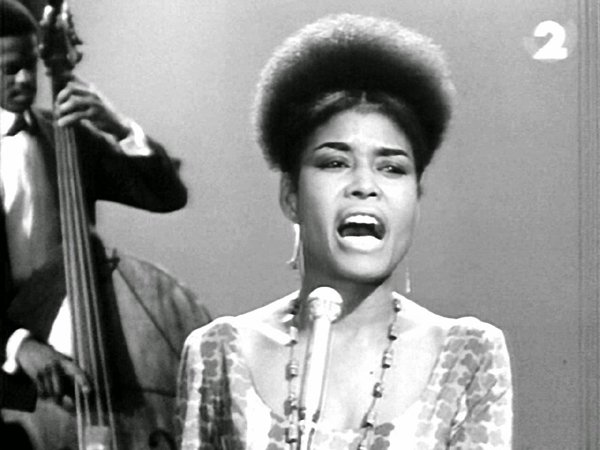Joe Henderson (tenor sax), Kenny Dorham (trumpet), McCoy Tyner (piano), Butch Warren (bass) and Pete La Roca (drums). From the album Page One (1963).
The social context in which the hard bop was developed is also very particular. It was the end of World War II period, of conservative rearmament and when Senator Joseph McCarthy launched a wide-ranging process of interrogations, unfounded accusations, irregular trials, denunciations and blacklists against people suspected of being Communists.

Joseph McCarthy
In this way, he marginalized the most liberal sector of society to restricted circles that frequented nightclubs where they met musicians who were out of the commercial circuits. This had its maximum expression with the appearance of free jazz and its relationship with the black civil rights movement, the appearance of Black Power and a radicalization of the demands, such as those made by Max Roach and Abbey Lincoln in their album We Insist! Freedom Now Suite (1960) or the proposals of the Art Ensemble of Chicago.

Abbey Lincoln
In this relaxed composition, the introduction is played by the rhythm section and then Henderson and Dorham join together to play the theme. The first one to perform his solo is Dorham, who links his phrases in a calm and witty way. He is followed by Henderson with a creative and emotional discourse, and wanders through the blues harmonies with incredible ease. Then Tyner enters with a melodic line inspired and beautifully constructed with a refined technique. Next, Warren appears with a well measured short solo, and then the group re-exposes the theme.
